Why Building Brand Awareness Online Is Your Business’s Most Critical Investment
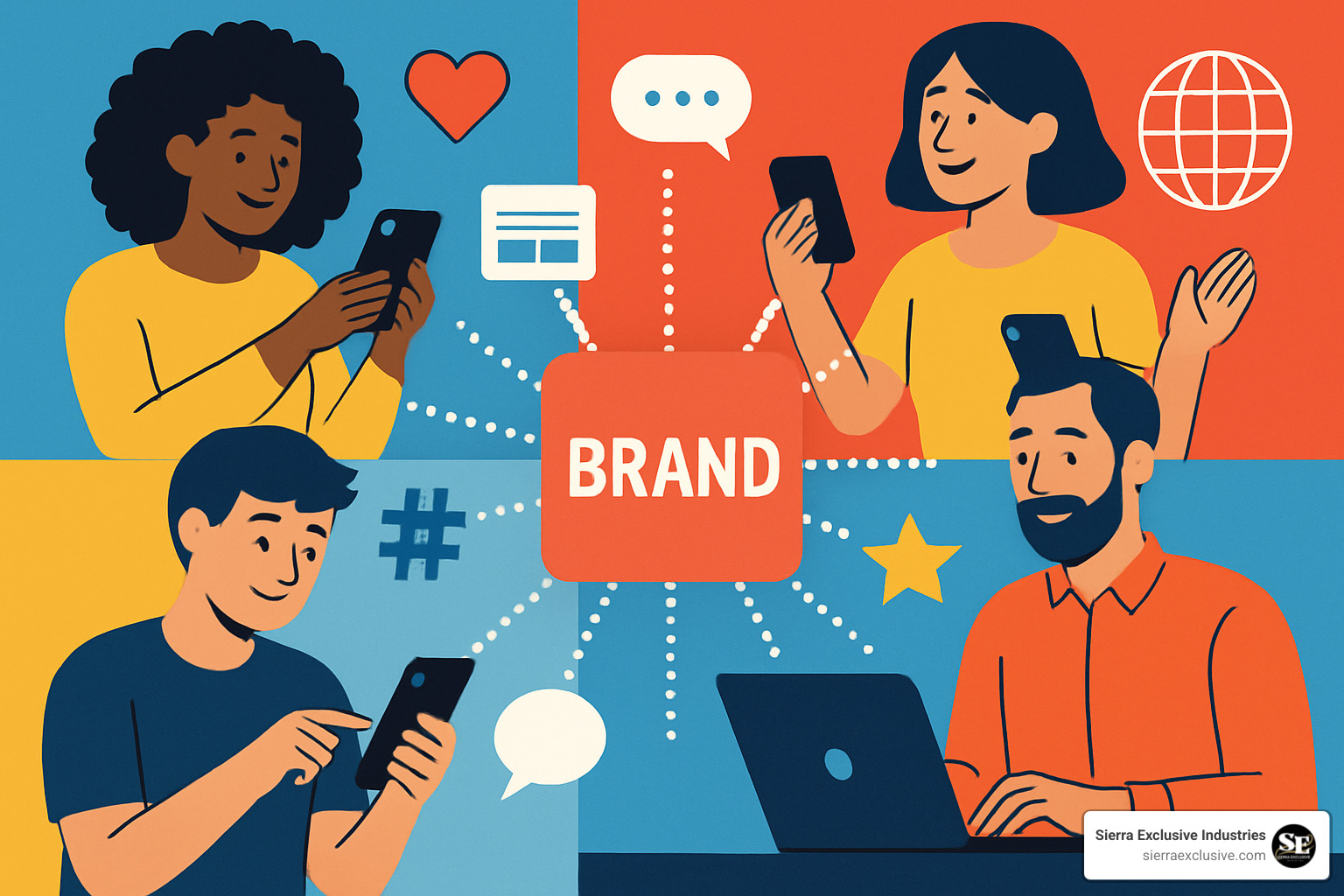
Build brand awareness online is the foundation that transforms unknown businesses into household names that customers recognize, trust, and choose over competitors. In today’s digital marketplace, where consumers encounter thousands of brand messages daily, building strong online brand awareness isn’t just important—it’s essential for survival.
Here’s how to build brand awareness online effectively:
- Define your unique brand positioning and target audience
- Create consistent visual identity across all digital touchpoints
- Tell compelling brand stories that connect emotionally with customers
- Optimize your website and content for search engines and user experience
- Leverage social proof through reviews, testimonials, and user-generated content
- Provide value first with free resources, tools, and educational content
- Engage authentically in online communities where your audience gathers
The stakes couldn’t be higher. Research shows that 80% of males and 76% of females purchase products from brands they know, while 46% of consumers would pay more to purchase from brands they trust. Even more telling, brands with consistent presentation increase revenue by as much as 33%.
But here’s what most businesses get wrong: they focus on vanity metrics instead of meaningful brand recognition. True brand awareness isn’t about follower counts or likes—it’s about becoming the first brand customers think of when they need what you offer.
I’m Seth Gillen, and over the past decade, I’ve helped scale multiple companies to $10M+ annual revenue by mastering the art and science of how to build brand awareness online through proven digital marketing strategies. At Sierra Exclusive Industries, I’ve seen how the right brand awareness approach can transform struggling businesses into market leaders.
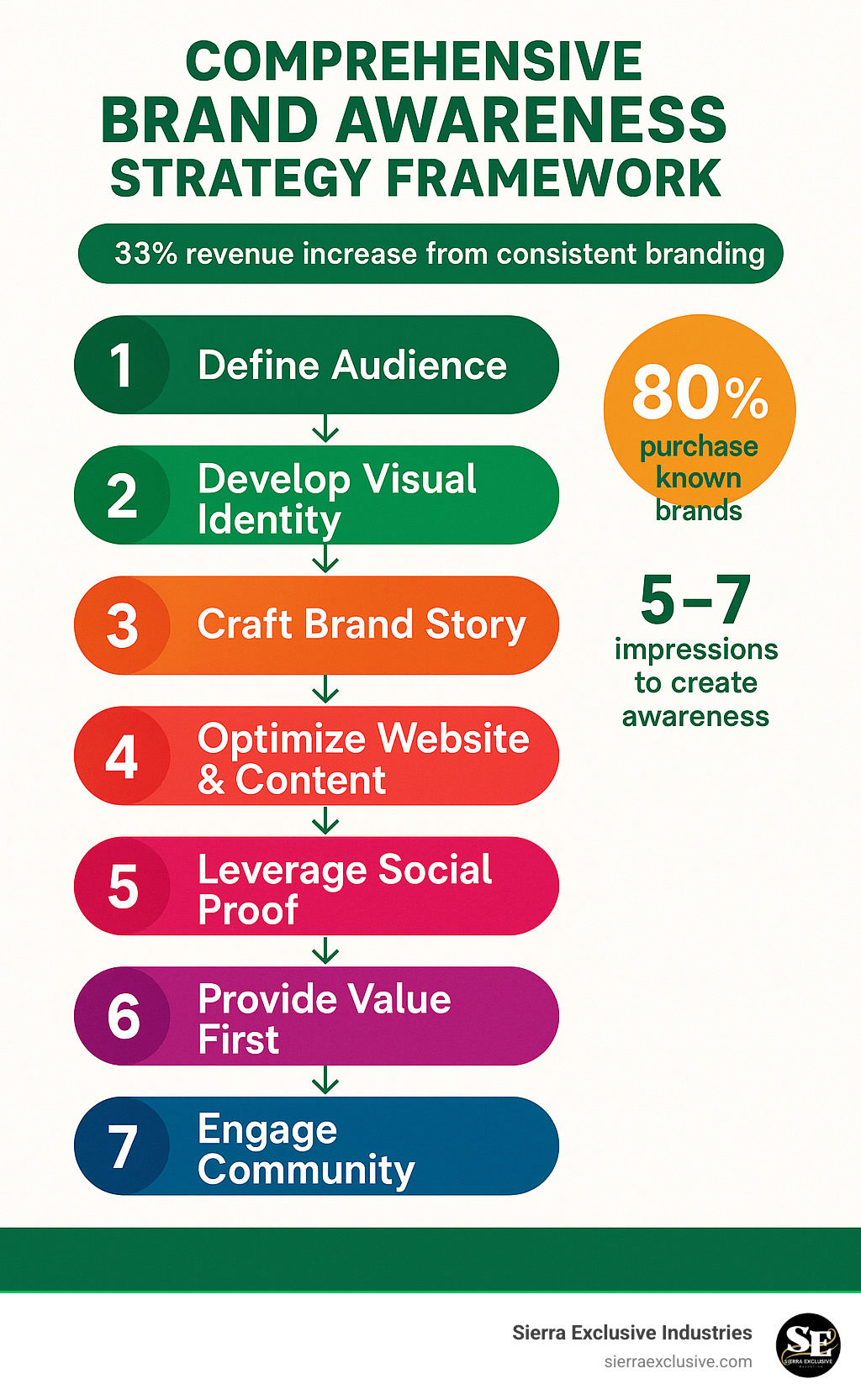
Why Brand Awareness Matters
Brand awareness is the extent to which potential customers can recall your brand name, associate it with your products or services, and remember positive experiences about your company.
Brand recognition happens when someone sees your logo and knows it’s yours. But awareness goes deeper—it’s when someone thinks “I need a tissue” and immediately recalls a specific brand name, or when they’re ready to make a purchase and your company comes to mind first.
This distinction matters because awareness drives loyalty and revenue growth. Research indicates that brand awareness takes 5-7 impressions to create, but once established, it becomes your most valuable business asset.
How to Build Brand Awareness Online: A 7-Step Framework
Building brand awareness online isn’t something you can wing. It needs a clear plan that covers every part of your digital presence. I’ve used this exact framework to help businesses across Sacramento, Roseville, Folsom, and throughout Northern California go from “who are you?” to “oh yeah, I know them!”
Think about how your customers find you. They start by becoming aware you exist, then they consider whether you’re right for them, and finally they decide to buy. Your brand needs to show up at every single step of this journey.
Here’s what makes this work: consistency in your messaging, compelling storytelling that people actually care about, real social proof from happy customers, and a brand personality that feels authentic to your audience.
At Sierra Exclusive Industries, we’ve watched businesses follow this framework and see real improvements in brand recognition within 3-6 months. The revenue impact? That usually kicks in around 12-18 months. If you want to speed things up, our SEO services can help you get found faster in search results.
Step 1 – Define Your Audience & Positioning
Everything falls apart if you don’t know who you’re talking to. I’ve seen too many businesses try to appeal to everyone. Guess what happens? They connect with no one.
Start with deep persona research. Who exactly are your ideal customers? What keeps them up at night? Where do they hang out online? How do they talk about the problems your product solves?
Create 2-3 detailed customer personas that include their demographics and lifestyle, their online habits, what kind of content they love, how they make decisions, and which communication channels they prefer.
Now here’s the big question: what makes you different? Your unique positioning isn’t about listing features. It’s about the unique value and experience only you can provide.
Step 2 – Craft a Memorable Visual Identity
Your visual identity is like meeting someone for the first time. You get one shot to make a good impression. Research shows that color alone influences 60% of people’s decisions about whether they’re attracted to a message. Even more impressive? Color can boost brand recognition by up to 80%.
Start with a professional logo that looks great everywhere – your website, social media profiles, mobile apps, you name it. Keep it simple and memorable.
Color psychology is fascinating stuff. Choose 2-3 primary colors that match your brand values and make your audience feel the right way. Then stick with them everywhere. Consistency is what builds recognition.
Don’t overlook typography. The fonts you choose say something about your personality. Pick fonts that are easy to read on any device while reinforcing who you are as a brand.

Step 3 – Build Brand Awareness Online with Consistent Storytelling
Facts tell, but stories sell. More importantly, stories create emotional connections that product features never can. Your brand story should communicate your values, your mission, and the unique perspective you bring to your industry.
Develop a core narrative that explains why your company exists, what problem you’re passionate about solving, how you’re different from everyone else, and what success looks like for your customers.
Use emotional hooks that connect with your audience’s dreams and struggles. The most memorable brands don’t just sell products – they sell better versions of their customers’ lives.
Consistency is everything here. Your story should feel familiar whether someone finds it on your website, social media, email campaigns, or ads.
Step 4 – Optimize Your Website & Content for Findy
Your website is your brand’s digital headquarters. It needs to make a strong first impression while being easy for search engines to find and simple for people to use on any device.
Technical SEO is your foundation. Make sure your site loads fast (74% of users are more likely to return to mobile-friendly sites), uses HTTPS security, and follows current web standards.
Create valuable content through blogging that positions your company as a trusted resource. Write regularly about topics your audience actually cares about. Focus on genuinely helping people rather than promoting yourself. Here’s a fun fact: 94% of blog posts with visuals get more engagement than text-only posts.
Mobile-first design isn’t optional anymore – it’s essential. With 62% of smartphone users making online purchases in the last six months, your mobile experience directly impacts how people perceive your brand.
Step 5 – Leverage Social Proof to Accelerate Trust
Social proof is like having your best customers do your marketing for you. When potential customers see others having positive experiences with your brand, it reduces their fear of making the wrong choice.
Actively collect and showcase customer reviews across multiple platforms. Respond professionally to all feedback, including negative reviews. This shows you actually care about customer satisfaction.
Create compelling testimonials that tell complete stories, not just generic praise. Include specific results, challenges you helped overcome, and the real change your customer experienced.
Set up referral programs that reward satisfied customers for introducing others to your brand. Research shows referral programs can reduce customer acquisition costs by over 150% while delivering 10x ROI.
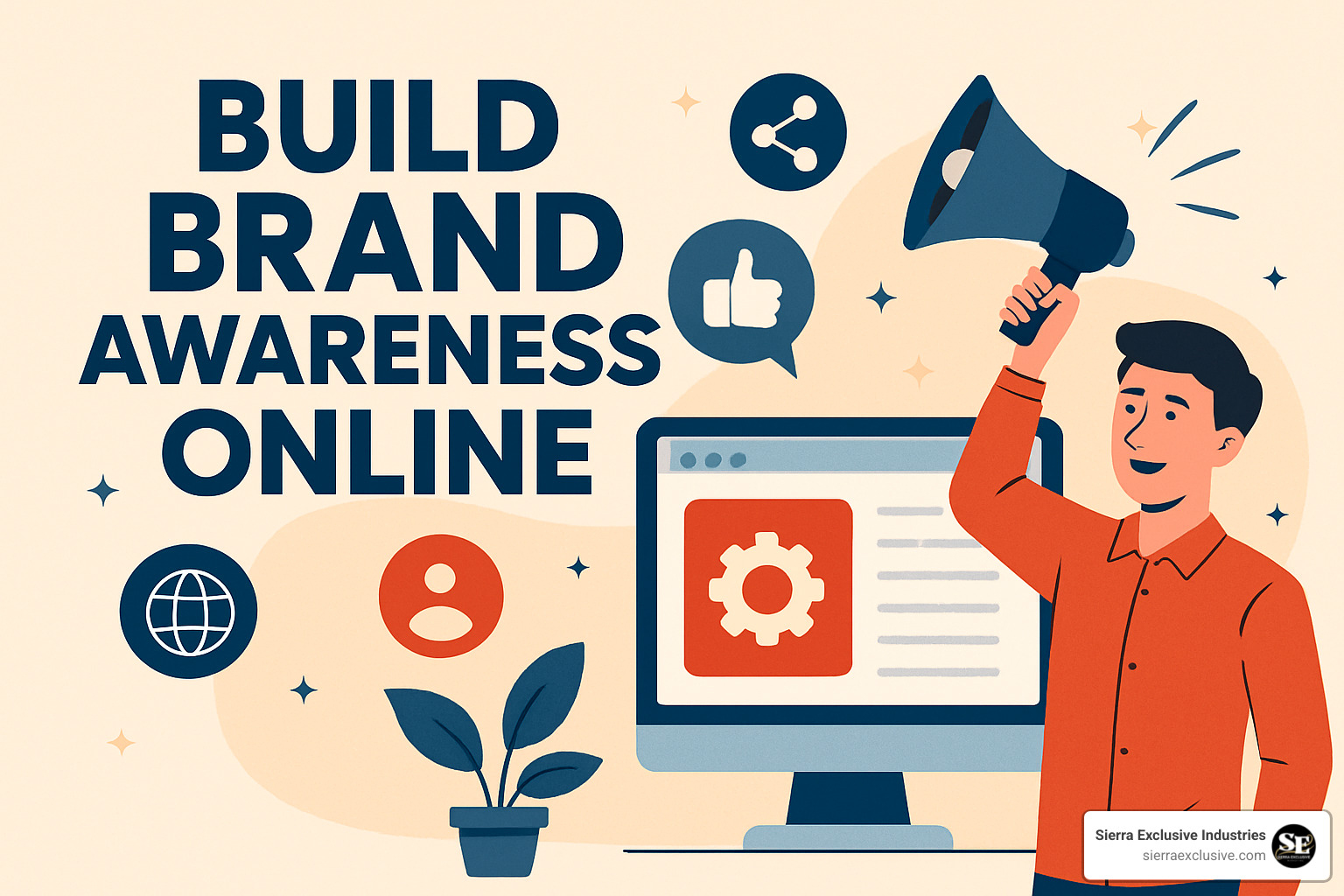
Step 6 – Offer Value First (Freemium, Guides, Tools)
The freemium model is brilliant because it turns every free user into a potential brand ambassador. By providing genuine value before asking for anything in return, you build trust and show off your expertise.
Create high-quality lead magnets like comprehensive guides that solve common customer problems, free tools that make their lives easier, educational webinars or video series, and templates and checklists they can use right away.
Make sure your free offerings genuinely help your audience while subtly showcasing your expertise and approach.
Step 7 – Build Brand Awareness Online Through Community Engagement
Authentic community engagement builds relationships that turn strangers into brand advocates. This means genuinely participating in conversations where your audience hangs out, not just dropping promotional posts and running away.
Encourage user-generated content by creating campaigns that invite customers to share their experiences with your brand. UGC feels more authentic than brand-created content and extends your reach through your customers’ networks.
Use social listening to monitor mentions of your brand, industry keywords, and what people are saying in your space. Respond quickly to questions, concerns, and opportunities to add value to conversations.
Train your team in employee advocacy so they can be authentic brand representatives on their personal social media accounts. Research shows that 87% of marketers consider employee-led social selling effective for building brand awareness.
Channel-Specific Strategies to Amplify Your Reach
Once you’ve built your foundation, it’s time to build brand awareness online across multiple channels. Think of this as casting a wider net—but each channel requires its own approach while maintaining your core brand message.
The modern customer journey is wonderfully complex. Scientific research on customer journey shows that today’s consumers don’t follow a straight line from awareness to purchase. They bounce between platforms, research extensively, and often circle back multiple times before making decisions.
This complexity is actually your opportunity. When done right, brand awareness can become so powerful that your company name becomes synonymous with the entire product category. The Wite-Out case study perfectly illustrates this phenomenon—the brand became the generic term people used for all correction fluid.
The key is being present where your audience hangs out, speaking their language on each platform, while staying true to your brand personality.
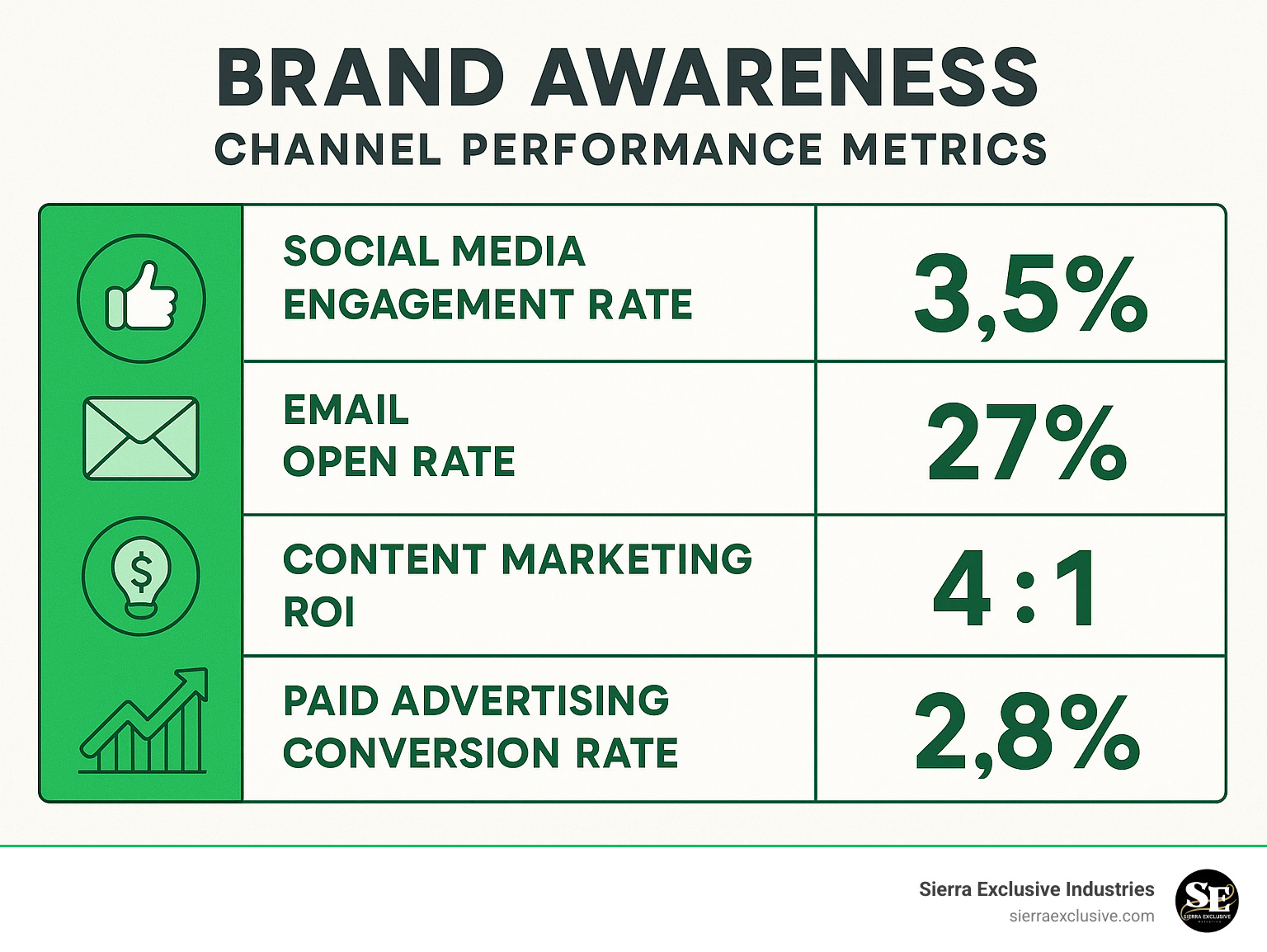
Social Media Mastery
Here’s the truth about social media: platform selection matters more than posting frequency. You’re better off dominating one platform than being mediocre on five.
Start by figuring out where your people actually spend their time. Don’t assume—research it. If you’re targeting busy professionals, LinkedIn might be your goldmine. Reaching younger consumers? TikTok and Instagram could be where the magic happens.
Once you’ve chosen your platforms, consistency becomes your best friend. Research shows that 74% of consumers expect brands to post 1-2 times per day, but quality beats quantity every single time.
Hashtag strategy can make or break your reach. Studies indicate that 72% of LinkedIn users agree hashtags impact their content’s visibility. But please—resist the urge to stuff your posts with every relevant hashtag you can think of. Choose 3-5 strategic hashtags that your audience actually follows.
The real secret sauce? Genuine engagement. Respond to comments like you’re having coffee with a friend. Share valuable content from others in your industry. Join conversations instead of just starting them.
Influencer & Partnership Playbooks
Influencer marketing has evolved far beyond celebrity endorsements. Today’s smart brands focus on micro-influencers—people with smaller but highly engaged audiences who genuinely connect with their followers.
Look for influencers whose values align with yours and who would naturally use your product or service. Authenticity is everything. An influencer with 5,000 engaged followers who truly believes in your brand will deliver better results than someone with 500,000 followers who’s just collecting a paycheck.
Co-marketing partnerships offer another powerful avenue. Partner with businesses that serve your audience but aren’t direct competitors. These relationships expand your reach while providing genuine value to both audiences.
High-Impact Content Formats
Video content consistently outperforms everything else for engagement and brand recall. Research shows that advertisers using video creative for sponsored content saw 86% of sales from new-to-brand shoppers, compared to 78% for image creative.
Don’t let the word “video” intimidate you. We’re not talking about Hollywood productions. Simple, authentic videos that show your personality and expertise often perform better than polished corporate content.
Podcasts represent a massive opportunity that many businesses still overlook. Approximately 50% of Americans aged 12-34 listen to podcasts regularly. You could launch your own industry-focused podcast or advertise on existing shows your audience already follows.
Visual content like infographics receives 94% more engagement than text-only posts. Create shareable visuals that provide genuine value while subtly reinforcing your brand identity.
Smart Paid Media & Remarketing
Paid advertising can turbocharge your brand awareness efforts when done strategically. The key is focusing on awareness-specific objectives rather than immediate conversions for your upper-funnel campaigns.
Remarketing campaigns keep you top-of-mind with people who’ve already shown interest in your brand. These folks are warm leads—they know who you are, so your ads serve as gentle reminders rather than cold introductions.
Here’s a compelling statistic: the top spot on Google search results captures 28.5% of all clicks. This makes paid search advertising particularly valuable for competitive keywords where organic ranking might take time.
When measuring paid campaigns focused on brand awareness, track brand lift metrics alongside direct response metrics. Look at increases in branded search volume, direct website traffic, and brand mention sentiment.
Measuring Success & Avoiding Pitfalls
Here’s the reality about measuring brand awareness: it’s not like tracking clicks or conversions. Building brand awareness online creates ripple effects that show up in unexpected places—sometimes months after your initial efforts.
The biggest mistake I see businesses make is expecting immediate results. Brand awareness is like planting a tree. You water it consistently, give it sunlight, and trust the process. Then one day, you realize it’s grown into something substantial that provides lasting value.
At Sierra Exclusive Industries, we’ve learned that measuring brand awareness requires both hard numbers and human insights. You need quantitative data to track progress, but you also need qualitative feedback to understand how people actually feel about your brand.
The key metrics that matter most are aided awareness (when people recognize your brand after seeing it) and unaided awareness (when they think of your brand without any prompts). These insights come from regular surveys of your target audience—not from your website analytics.
Sentiment analysis tells you whether your growing awareness is positive or negative. There’s no point in being famous for the wrong reasons. Monitor not just how often people mention your brand, but what they’re saying about it.
We’ve seen too many businesses make critical mistakes that undo months of progress. The most damaging? Inconsistent messaging across different channels. Your brand voice on Instagram should feel like the same company as your email newsletters and website copy.
More info about Business Reputation Management becomes crucial as your brand awareness grows. The more visible you become, the more important it is to monitor and protect your reputation.
Essential Brand Awareness Metrics
Direct traffic to your website is like a brand awareness report card. When people type your URL directly into their browser, it means they remember you well enough to find you without help.
Watch your branded search volume—how often people search for your company name or specific branded terms. Google Analytics and Search Console provide this data for free.
Share of voice measures how much of the conversation in your industry belongs to your brand versus others. If there are 1,000 mentions of businesses in your category this month, how many were about you?
Brand mention frequency and sentiment scores show not just how often people talk about you, but whether those conversations are positive, negative, or neutral.
Tools & Tech Stack
Google Analytics remains your foundation for brand awareness measurement. Look beyond basic traffic numbers to understand user behavior patterns. Are people spending more time on your site? Visiting multiple pages?
Social listening platforms like Hootsuite Insights or Sprout Social help you monitor brand mentions across social media and online publications. They’ll alert you when someone mentions your brand, giving you opportunities to engage in real-time.
Regular brand awareness surveys provide the qualitative insights that numbers alone can’t capture. Consider quarterly surveys asking your target audience about brand recognition, consideration, and preference.
Google Alerts offers a free way to monitor basic brand mentions across the web. Set up alerts for your company name, key executives, and branded terms to stay informed about what people are saying.
Common Mistakes and How to Fix Them
Inconsistency kills brand awareness faster than any other factor. I’ve watched businesses lose momentum because they changed their logo three times in six months or completely shifted their brand voice mid-campaign.
Focusing on vanity metrics instead of meaningful engagement leads to wasted resources and disappointing results. A million followers who don’t know your brand name is less valuable than 10,000 people who think of you first when they need what you offer.
Neglecting user experience undermines even the strongest brand awareness efforts. Research shows that 38% of people will stop engaging with a website if the layout is unattractive.
Changing direction too quickly prevents your message from taking root. Brand awareness requires repetition and consistency over time. If you’re not seeing results after two months, that’s normal. If you’re not seeing results after twelve months, then it’s time to evaluate your strategy.
Ignoring negative feedback or failing to respond professionally to criticism can quickly damage growing brand awareness. Every interaction is an opportunity to reinforce your brand values, especially when things go wrong.
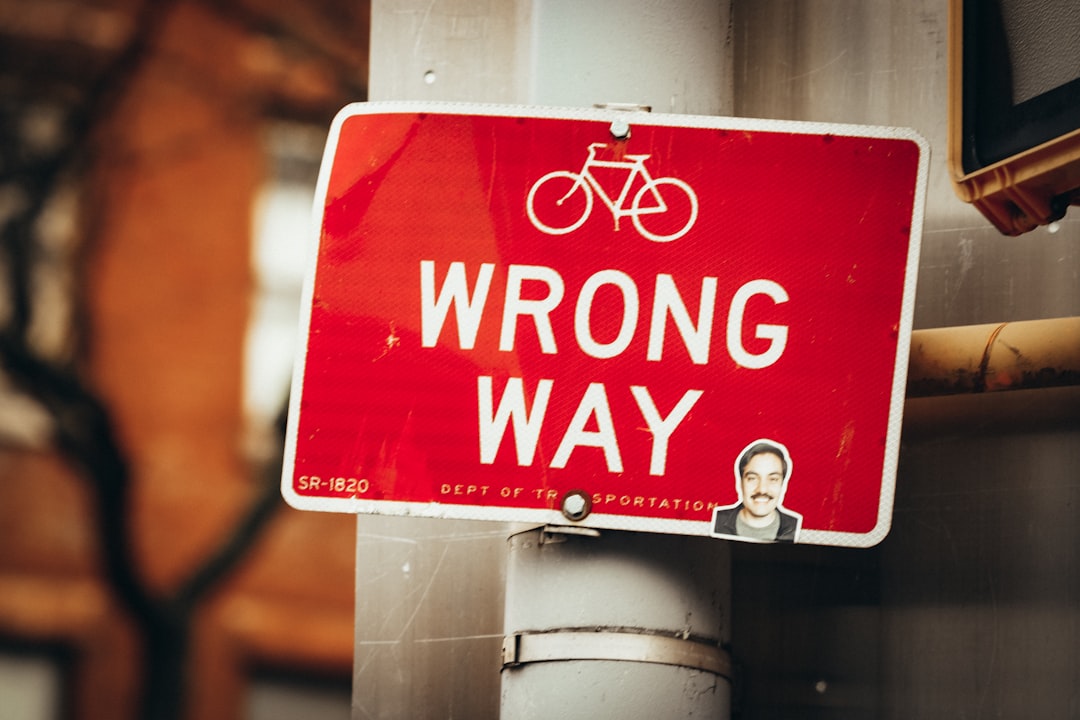
Frequently Asked Questions about Building Brand Awareness Online
I get these questions all the time from business owners across Sacramento, Roseville, and the greater Northern California area. Let me share what I’ve learned from helping companies build brand awareness online over the past decade.
How long does it take to build brand awareness online?
Here’s the honest truth: building meaningful brand awareness takes patience. Most businesses start seeing initial recognition within 3-6 months of consistent effort, but the real magic happens between months 12-18.
In my experience working with companies throughout Northern California, the timeline typically looks like this: increased direct traffic starts showing up around month 3-6, branded search volume begins climbing at the 6-12 month mark, and measurable impact on sales and customer acquisition really kicks in after 12-18 months of strategic work.
The key word here is consistent. I’ve seen businesses give up at month 8, right before they would have hit their breakthrough moment. Brand awareness isn’t a sprint—it’s a marathon that rewards persistence.
What budget should I allocate?
This is where many business owners get overwhelmed, but it doesn’t have to be complicated. The sweet spot for most businesses is a 60-70% organic and 30-40% paid split.
Your organic efforts include content creation, social media management, and genuine community engagement. These activities build lasting brand equity that compounds over time. Your paid efforts amplify your organic work and help you reach new audiences faster.
Here’s what makes brand awareness different from direct response marketing: the ROI compounds over time. While a PPC ad might give you immediate returns, brand awareness investments pay dividends for years through increased customer lifetime value, reduced acquisition costs, and the ability to charge premium prices.
Can small businesses compete with large brands?
This question makes me smile because small businesses actually have some incredible advantages when it comes to building brand awareness online.
Large corporations often struggle with authenticity. They have layers of approval processes, legal reviews, and corporate messaging that can make them sound like robots. You, on the other hand, can tell your real story, share your genuine passion, and connect with customers on a personal level.
Focus on niche positioning rather than trying to compete everywhere. Instead of being another generic option, become the go-to expert in your specific market segment.
Your agility is another superpower. While big brands take months to pivot their messaging or try new approaches, you can test, learn, and adapt quickly. You can respond to customer feedback immediately, jump on trending topics that matter to your audience, and create content that feels fresh and relevant.
The businesses I work with that succeed in building brand awareness online don’t try to out-spend the big players. Instead, they out-care, out-connect, and out-authentic them. And in today’s market, authenticity wins every time.
Conclusion
Build brand awareness online isn’t something you do once and forget about—it’s like tending a garden that needs daily attention to flourish. The businesses we’ve helped across Sacramento, Roseville, Folsom, and throughout Northern California who see real success understand this truth: building a memorable brand takes time, consistency, and genuine care for your audience.
What makes the difference between businesses that fade into obscurity and those that become household names? It comes down to strategic consistency and ongoing optimization. You can’t post sporadically for a few months and expect magic to happen. Brand awareness grows through small, consistent actions that compound over time.
At Sierra Exclusive Industries, we’ve seen this pattern repeatedly. The companies that commit to showing up authentically every day—whether that’s through valuable content, genuine social media engagement, or simply being helpful in their communities—are the ones that eventually become the first name customers think of when they need what you offer.
Our results-driven approach isn’t just marketing speak. We guarantee outcomes or require no payment because we’ve seen this framework work time and again. When you follow the seven steps we’ve outlined—from defining your audience to building community engagement—and stick with them consistently, the results speak for themselves.
The digital world keeps changing faster than ever. New platforms emerge, algorithms shift, and trends come and go. But here’s what never changes: people want to buy from brands they know, like, and trust. They want authentic stories, genuine value, and consistent experiences across every touchpoint.
Your journey to becoming unforgettable starts with a single step. Maybe it’s finally defining your target audience clearly. Perhaps it’s creating that brand style guide you’ve been putting off. Or it could be committing to show up consistently on social media for the next six months.
The framework is here. The strategies are proven. What matters now is execution with the right support and expertise. More info about Social Media Marketing can help you implement these strategies with the hands-on guidance needed to turn plans into results.
Brand awareness isn’t about being famous—it’s about being the obvious choice for your ideal customers when they’re ready to make a decision. Start where you are, use what you have, and do what you can. Your future customers are out there waiting to find why you’re exactly what they’ve been looking for.




